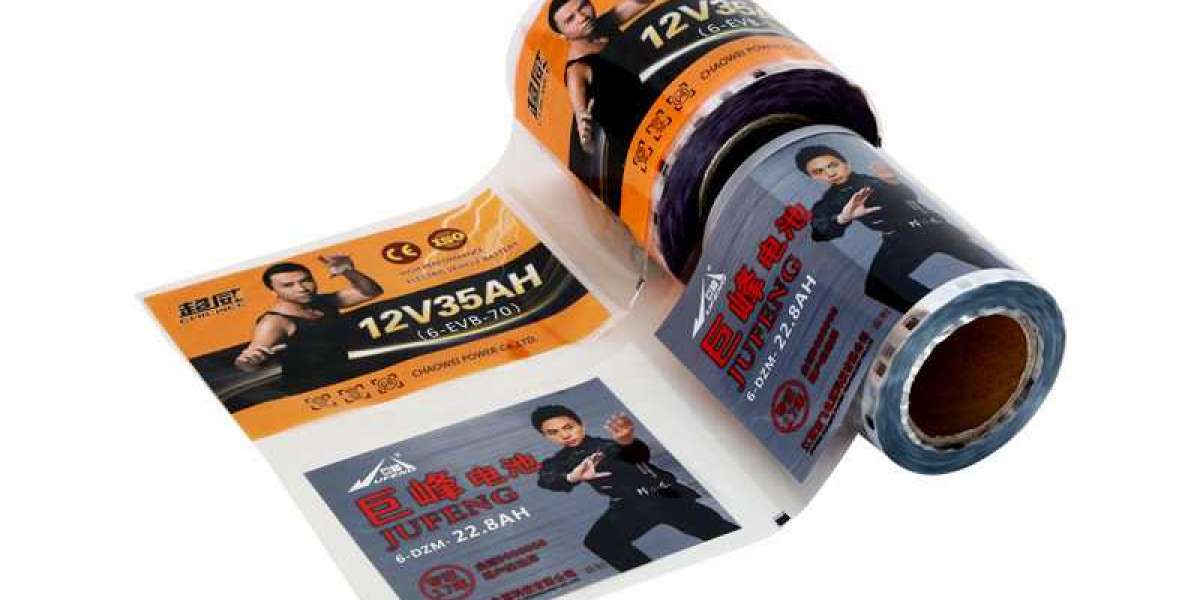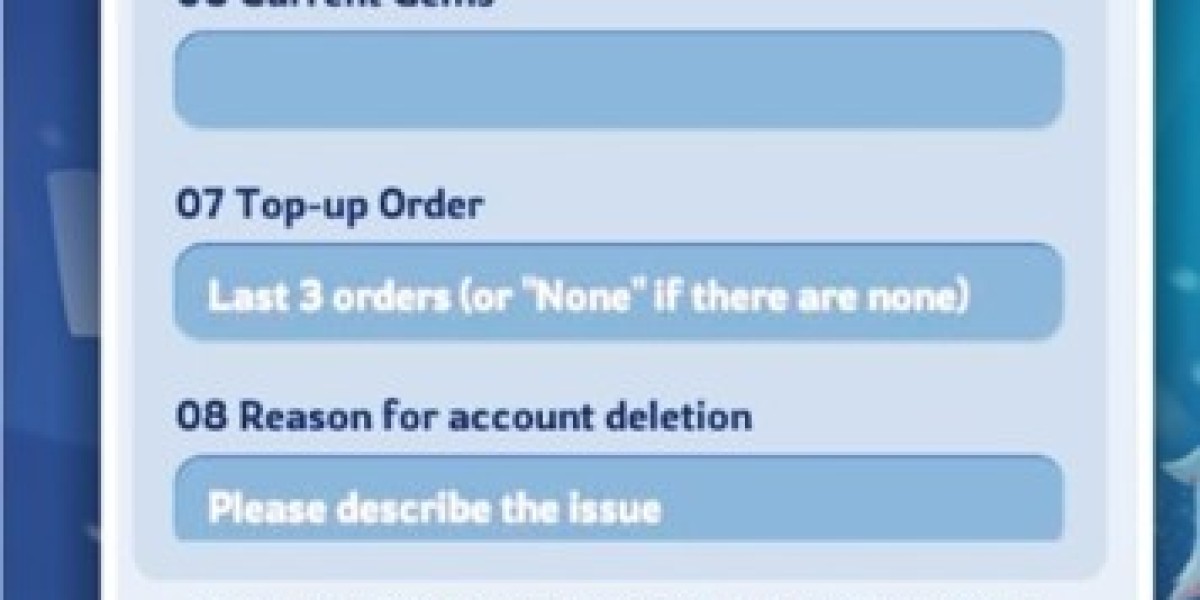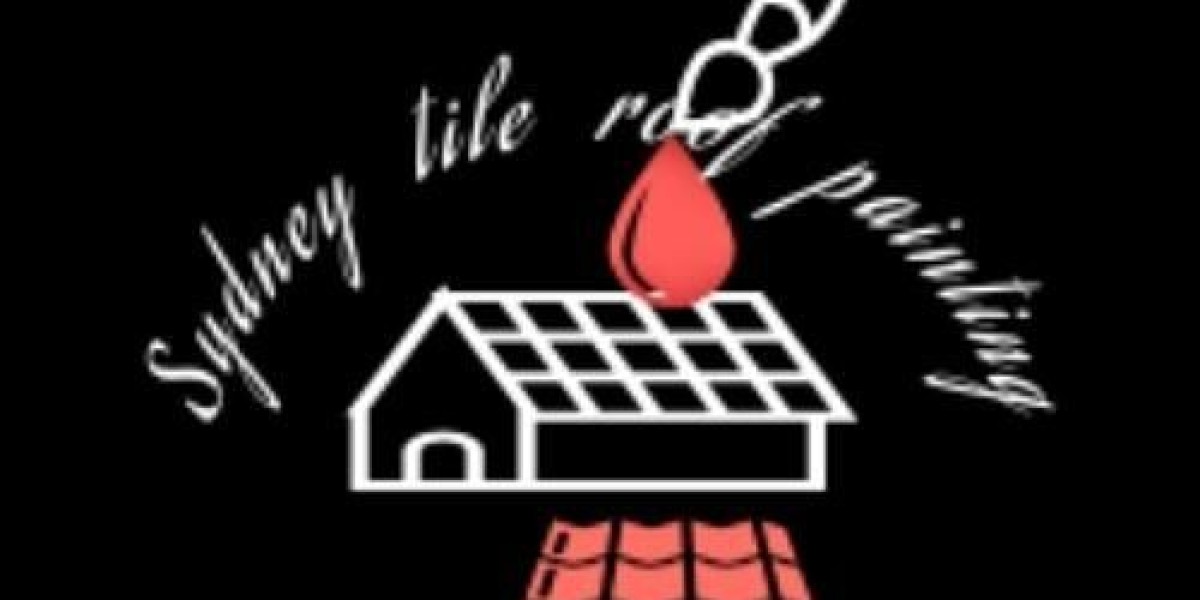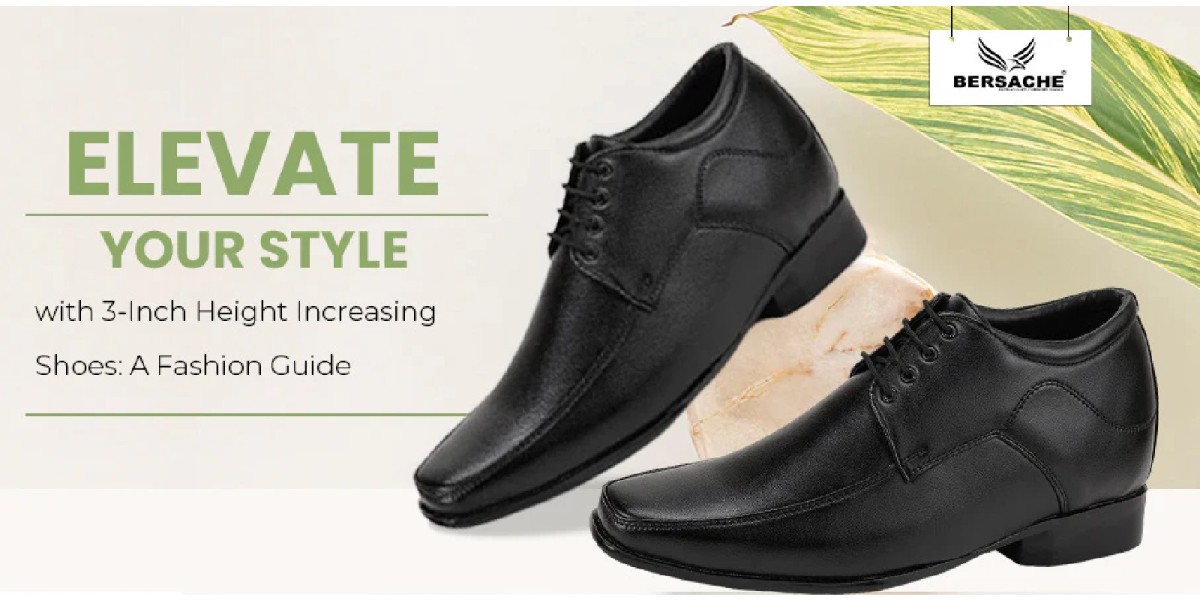Let’s be honest–it isn’t easy to resist something that glitters. So why not add a touch (or more) of shine to your mixed-media art? Christine Adolph isn’t afraid to, and she has a new book out to prove it. Shimmer and Shine Workshop: Create Art That Sparkles explains in step-by-step demonstrations how to add an “oooh” factor to your handmade cards, art journal pages, and more. In this excerpt, Christine shows you how to use transfer foil without using an expensive machine.
Learn how to make mixed-media art using heat transfer foil and more with the Shimmer and Shine Foiling Kit! Only available at North Light Shop, this kit includes Shimmer and Shine Workshop, Zen Doodle Workshop(Spring 2016), two sets of rub-on foil sheets, two sets of adhesive rub-ons, and a pack of 10 watercolor cards!
When I mention using foil in my artwork, many people get confused and think I’m referring to aluminum foil or some kind of metal sheeting. A more accurate term for what I use is transfer foil.Artists and crafters commonly use metallic transfer foil, as it’s the easiest type of foil to find. Transfer foils also come matte, clear, tinted, pigmented, pearl, holographic, patterned, and more.
Transfer Foil consists of three layers:
Top: Clear plastic film
Middle: A color or pattern
Bottom: Dull color layer, often silver or light gold
Transfer foil needs adhesive to grab it and pull it off the plastic film top layer. That’s why you should always use the foil “color or pretty side up.” Many people intuitively want to put it color side down. If you find that your transfer isn’t working, perhaps you put the foil upside down; try the other side and see if it works. Silver can be tricky because there is a silver shiny top side (clear plastic film) and a dull silver bottom. Just remember: It’s dull side down and pretty side up.
There is a huge trend of adding transfer foil to scrapbook pages, handmade cards, and mixed-media art via fancy foil machines. While the machines are a great way to apply foil, this process can also be done using a less expensive laminator or an iron. With heat, the foil sticks to the toner and leaves a beautiful sparkly impression anywhere the black toner is. The most amazing part of the process for me is pulling the foil off the copy to reveal the foil negative. Many people discard these lovely negatives and many people save them but don’t know how to integrate them into their art.
What you need: Laminator with carrier or tacking iron and mouse pad • Toner (laser) photocopies • Transfer foil • Watercolor paints and brush
Step 1
1. Preheat the laminator or iron for 10 minutes. While you wait, cut a piece of foil to fit onto your laser copy.
Step 2
2. Run it through the laminator or use an iron to fuse the foil to the toner.
Step 3
3. Pull off the foil and keep the foil sheet (you can also use the foil negative for other projects).
Step 4
4. Hand-color by painting with watercolor. The foil will resist the watercolor.
Transfer Foil Tips and tricks:
• Make your copy onto heavy cardstock, or copy onto black paper.
• Use a carrier with the laminator for added pressure.
• Always make sure you are applying the foil color-side up or “pretty-side up.”
• As an alternative to the laminator, use a small quilting iron with a mouse pad underneath to fuse the foil to the copy.
The heat press machine is one of our products, welcome to your come and purchase!



